The Poetics of Iranian Cinema —— Aesthetics, Modernity and Film After the Revolution
----- 伊朗电影诗学:美学,现代性和后电影的革命
In the wake of the Islamic Revolution, Iran experienced not only profound political and social changes, but also underwent a dramatic shift in its cultural and literary discourse. In The Poetics of Iranian Cinema, Khatereh Sheibani argues that Persian poetry, fiction, painting and other art forms all were influenced by the upheavals of the 1970s and 80s, but that this remarkable cultural revolution is best evidenced in Iranian films. In fact, she holds that film ultimately replaced poetry as the dominant form of cultural expression in Iran, and that post-revolutionary poetics evolved from a literary and written-based poetry into a visually-oriented form of moving images. She thus presents a comparative analysis of post-revolutionary Iranian cinema as an offshoot of Iranian modernity, and explains its connections with the themes present in traditional Persian poetry and conventional visual arts. Despite the initial clerical denunciations of cinema after the Revolution, by the late 1980s and in the aftermath of the Iran-Iraq war, Iranian cinema had regained its position as a form of cultural expression. Many new wave directors, like Darush Mehrjui and Abbas Kiarostami, began to become more active, and drew on the formal and thematic elements within Persian literature and conventions of performing arts to create an Iranian art cinema. Sheibani therefore examines the pre-revolutionary film industry - such as Iranian new wave and filmfarsi movies - its styles and themes, and its relation to the emerging cinema after 1978. By employing a close examination of Kiarostami's body of work - films such as 'Where is the Friend's House?', 'Through the Olive Trees' or 'Ten' - as well as the films of Bahram Bayzai - such as 'The Crow' or 'Travellers' - Sheibani reveals a close resemblance to the classical poetic sub-genre of the ghazal in both formal structure and context. Relating Hafiz's lyrical poetry to a particular kind poetic cinema known as cinema-ye taghazzuli (or lyrical cinema), Sheibani offers a valuable and very original contribution to the scholarly literature on Iranian cinema, politics and culture.
{{comment.content}}
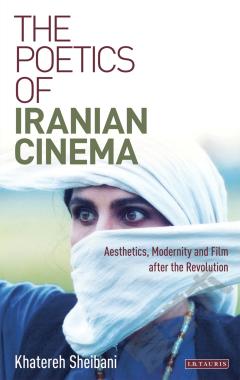
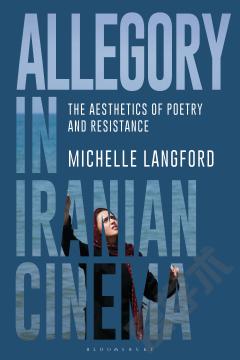
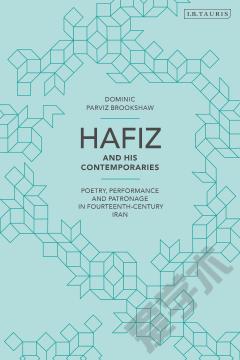
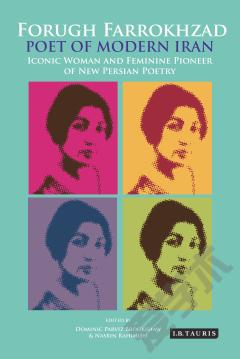
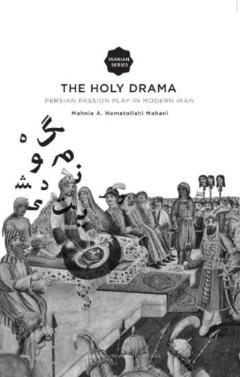
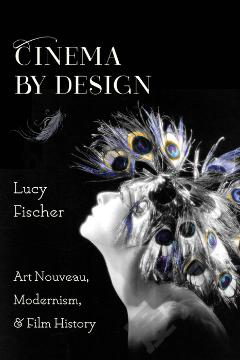


 京公网安备 11010802027623号
京公网安备 11010802027623号